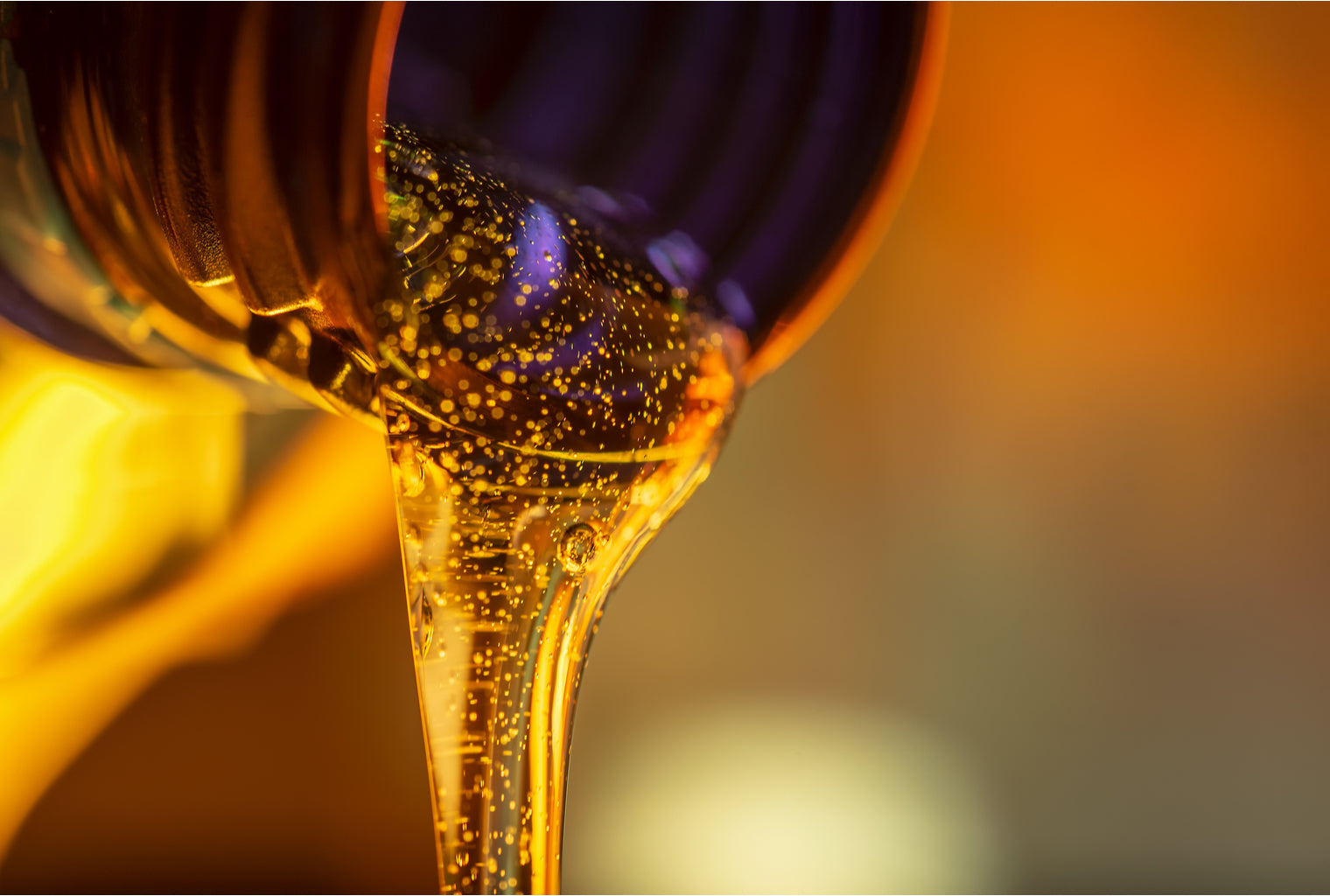
The Biblical Olive
Deuteronomy 8:8 mentions three trees in relation to the land-the fig, the pomegranate, and the olive. Of these, the olive is the most widely planted. Olive trees originate in the Mediterranean region, but they are currently mostly found in Africa.
More than 160 references are made to the oil and 25 to the olive tree. In Biblical times, olive oil was used for food, illumination, ointment, and soap. When oil is mentioned in the Scriptures, it is almost always olive oil. Olives themselves are not mentioned in the Scriptures although the absence of such data does not mean they were not a food item. The Qu'ran, however, refers to olives as a condiment.
Several verses reflect the importance of olive oil to the children of Israel. The loss of the olive crop would result from disobedience to God (Deuteronomy 28:40). (Judges 9:9). It was a component of the anointing oil of the high priest (Exodus 30:24). A large supply of oil was a sign of prosperity. The excess oil can be stored for up to six years; such storage was of national concern. In the days of King David, Joash, for instance, was in charge of oil supplies (I Chronicles 27:28).
One of the most familiar trees in the Middle East is the olive tree. The Palestinian Arabs use olive oil almost every day. Palestinian breakfast usually consists of bread and olive oil, dipped first into a spicy mixture of herbs and salt.
Olive trees thrive on steep, rocky slopes (see Deuteronomy 32:13) in carefully maintained terraces. The cultivation of olives was probably more widespread in Bible times used particularly as an anointing oil.
Olive trees are mentioned in Hosea 14:6 and Psalm 128:3. During the dry season, green olive trees contrast with brown, dry hills. Olive leaves are evergreen, dark blue green above and gray below. During the dry season, a slight breeze will make the trees appear silvery, and the wind will sparkle the hillsides.
In Genesis 8:11, the leaf is the first reference to the olive. Noah established a race on the "new earth" after seeing the leaf.
Olive trees are not very tall and can live up to a thousand years while producing fruit. Trees continue to bear fruit despite their gnarled, bent, and hollow trunks. As a result of the growth pattern, the wood is unsuitable for building, but is hard with an attractive grain so is used to make small souvenirs today. Only in I Kings 6 is wood mentioned for the construction of several articles in the temple. It would be difficult to find an olive wood piece large enough to make a door. This could be sandalwood, not native to Israel, but imported from India. Perhaps the doors were made from many small pieces of olive wood fastened together.
Olive trees are able to survive in their dry, rocky habitats due to their unique root system. For the trees to produce a good crop, however, they need a lot of attention throughout the year--pruning, cultivating, and fertilizing.
Branches of olive trees produce sprouts. Most olive trees today are grown on grafted stock, which means a fast-growing rootstock is selected and a good quality scion is grafted into it. In Bible times, olives were often grown directly from sprouts. During the olive season, the olive farmer would carefully remove sprouts from his finest trees and plant them where they would be carefully tended. It may have been a reference to this practice in Psalm 128:3: "your sons will be like olive shoots round your table."
Olives begin to bloom around the first of May. Their flowers are small, white, and slightly scented. They do not last long without being noticed. Olives are members of a family of plants known for their fragrance, including lilacs and jasmines.
Olives begin to bear fruit in the autumn. As in Bible times, olives are still harvested by carefully pounding trees with sticks and then picking them up from the ground. Ripe olives are jet black and very attractive. Olives are delicious, so you would be tempted to eat one right off the tree! Looks can be deceiving! Fresh olives are bitter and unpalatable. To extract the oil, the olive must be crushed. It used to be that olives were crushed manually by stones in villages. Today hydraulic presses are used.
In addition to routine use in homes, olive oil was used in the lamps in the tabernacle (Leviticus 24:2). It was also used as a facial ointment (Psalm 104:15), necessary in an arid land.
Only Nehemiah 8:15 and Romans 11:17 mention the wild olive tree. Much debate exists regarding the identity of the wild olive. Moldenke and Moldenke consider it to be a member of the Eleagnaceae. However, because it is a small tree and totally unrelated to olives, it does not seem to fit the text. In the references cited above, the word shemen refers to grease-- an allusion to oil extracted from the tree. In Terra [Terra, J. 1996. Wild and cultivated olive (Olea europaea L.): a novel approach to an old problem using inorganic analyses of modern wood and archaeological charcoal. Review of Palaeobotany and Palynology 91: 393-397] showed that wild and cultivated olives can be distinguished based on a chemical analysis of elements in the charcoal. He suggests the following formal taxonomy. Its scientific name is Olea europaea var. sativa, the wild form as O. europaea var. oleaster, and the weedy form as O. europaea var. sylvestris. The study confirms that olive has been native to the Mediterranean region since the last glaciation and that it is from the Near East that olive cultivation originated.


Leave a comment
This site is protected by hCaptcha and the hCaptcha Privacy Policy and Terms of Service apply.